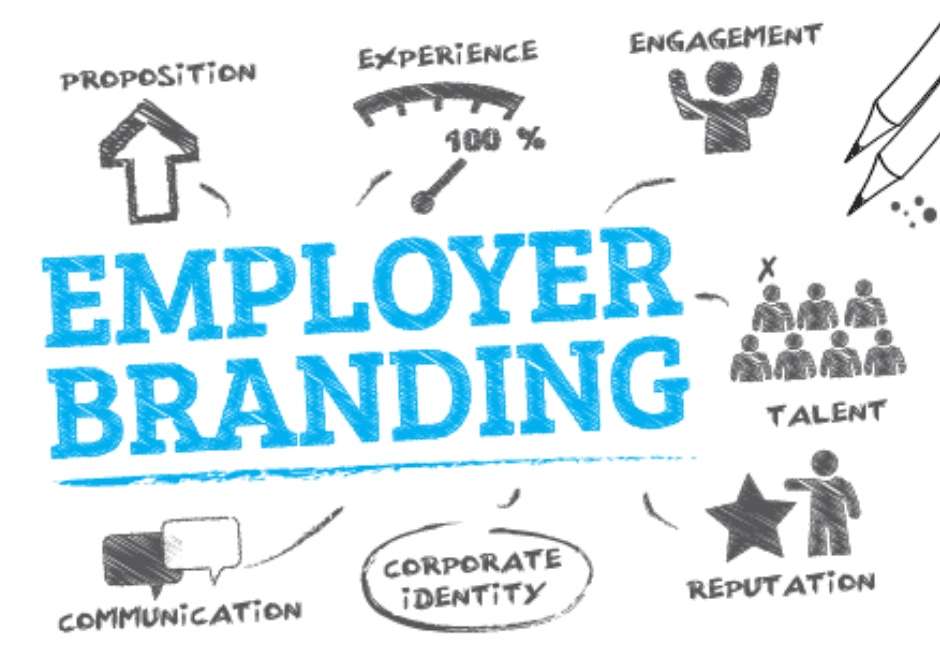HR Insight: Earn as You Learn – Apprenticeship Programs
Earn as You Learn – Is an Apprenticeship Program Right for Your Company?
According to U.S. Department of Labor data, registered national apprenticeships have increased by 64% since 2012, with over 241,000 new apprentices entering the system in 2021 and 593,000 actively engaged in programs. While those numbers appear respectable, they represent only a drop in the bucket of nationwide employees. Stigmas persist against hiring candidates who lack college degrees, along with misunderstandings about the potential scope for more industries. Is it time for your company to consider implementing an apprenticeship program?
Learning by doing
Companies unfamiliar with apprenticeship programs may be confused about the difference between apprentices and interns. Basically, interns operate in their own sphere and internships tend to be:
- Much shorter term.
- Less structured.
- Limited to entry-level positions.
- Frequently uncompensated.
- Rarely leading to formal certifications.
Apprenticeships, on the other hand, typically run from one to six years and consist of a blend of hands-on and classroom learning. Work may be based on hours put in or skill levels achieved. Those who go by the clock typically work about 2,000 hours a year, supplemented by around 144 hours in the classroom. As an illustration, medical doctors train in an equivalent manner by incorporating both classroom and residency experience.
Consider the rules
Programs registered with the Department of Labor or a state apprenticeship agency must meet strict standards, such as raising pay rates in line with apprentices’ increased skills. Recent Labor Department estimates cover a wide range of industries. The starting pay averages about $50,000 annually for those who have completed programs.
Many people still hold a limited and old-fashioned attitude toward which industries should engage apprentices, reflecting a system launched 75 years ago. In the past, the most popular avenues were for electricians, plumbers, carpenters and other artisans. Now, the range of fields is broadening. New sectors include finance, technology, human relations, transportation, logistics, energy, fashion, law and defense. Others, such as tax preparers, database administrators, insurance underwriters, and customer service and sales reps, to name a few, are joining the ranks.
While programs vary in length, schedules and policies, most follow a similar set of practices.
Reaping the rewards
Everybody wins. From a company standpoint, firms these days are particularly focused on effective recruiting when so many face workforce shortages. It is also useful to draw from a pool of candidates with some company-specific experience or those who have already been tested as potential employees.
Firms are looking to apprenticeship programs to:
- Help recruit and develop skilled workers.
- Beef up productivity and profitability.
- Create efficiencies.
- Plug gaps in company teams.
- Contain training costs.
- Encourage mentorship.
- Become eligible for certain tax credits.
There are a number of indirect benefits. For example, apprenticeships offer a route toward greater workforce diversity. Hiring firms are likely to overly rely on college degrees as a proxy for skills, particularly in STEM (science, technology, engineering and math) fields. Such an emphasis on college diplomas may lead to racial and economic exclusions.
Apprenticeships also encourage greater morale and innovation. At the same time, employee turnover rates tend to decline and less supervision is required.
Yet, there are no free lunches. The programs do entail costs, not only wages but also materials, equipment and mentors’ time. There is some risk, too, that competitors might poach trained apprentices. Firms should be wary of shortening the training period to save money, though; costs are highest and benefits to firms are lowest in the earliest years.
As awareness grows, more employers and human resources departments will recognize the value of tapping this rich resource. Companies should consider it a capital investment, while workers receive a debt-free degree and practical education.
©2023
Sign up for PeepTek Solutions’ Newsletter










